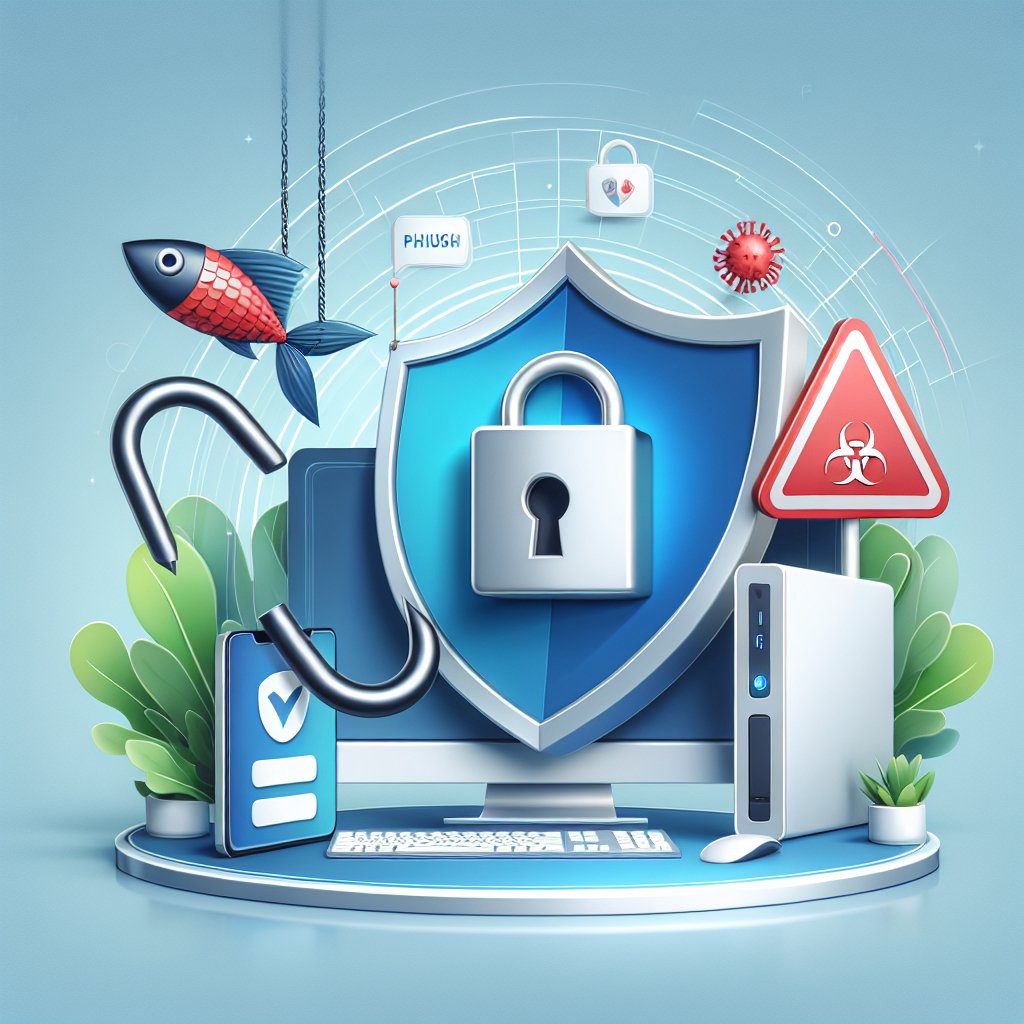Protecting your business from phishing attacks is crucial in today’s digital landscape, where cyber threats are becoming increasingly sophisticated. Phishing attacks can lead to significant financial losses, data breaches, and damage to a company’s reputation. Understanding the nature of these attacks and implementing effective security measures is essential for safeguarding your business assets and maintaining customer trust.
Understanding Phishing Attacks
Phishing attacks are deceptive attempts to obtain sensitive information, such as usernames, passwords, and credit card details, by masquerading as a trustworthy entity in electronic communications. These attacks can take various forms, including emails, text messages, and even phone calls. The primary goal of phishing is to trick individuals into revealing confidential information or downloading malicious software.
Types of Phishing Attacks
There are several types of phishing attacks that businesses should be aware of:
- Email Phishing: This is the most common form of phishing, where attackers send fraudulent emails that appear to be from legitimate sources, such as banks or well-known companies. These emails often contain links to fake websites designed to steal personal information.
- Spear Phishing: Unlike general phishing attacks, spear phishing targets specific individuals or organizations. Attackers often gather personal information about their targets to make their messages more convincing.
- Whaling: This is a type of spear phishing that specifically targets high-profile individuals, such as executives or key decision-makers within a company. The stakes are higher, and the attacks are often more sophisticated.
- Vishing: Voice phishing involves phone calls where attackers impersonate legitimate entities to extract sensitive information from victims.
- Smishing: This form of phishing uses SMS messages to lure victims into providing personal information or clicking on malicious links.
The Impact of Phishing Attacks on Businesses
The consequences of falling victim to a phishing attack can be severe. Businesses may experience:
- Financial Loss: Phishing attacks can lead to unauthorized transactions, resulting in significant financial losses for businesses.
- Data Breaches: Sensitive customer and employee data can be compromised, leading to data breaches that may require costly remediation efforts.
- Reputation Damage: A successful phishing attack can erode customer trust and damage a company’s reputation, leading to a loss of business.
- Legal Consequences: Companies may face legal repercussions if they fail to protect sensitive data, resulting in fines and lawsuits.
Implementing Effective Security Measures
To protect your business from phishing attacks, it is essential to implement a multi-layered security approach. Here are some effective strategies:
1. Employee Training and Awareness
One of the most effective ways to combat phishing attacks is through employee training. Regularly educate your staff about the dangers of phishing and how to recognize suspicious emails and messages. Training should include:
- Identifying Red Flags: Teach employees to look for common signs of phishing, such as poor grammar, generic greetings, and urgent requests for personal information.
- Safe Browsing Practices: Encourage employees to verify URLs before clicking on links and to avoid downloading attachments from unknown sources.
- Reporting Procedures: Establish clear procedures for reporting suspected phishing attempts, ensuring that employees feel comfortable bringing potential threats to management’s attention.
2. Implementing Technical Safeguards
In addition to employee training, businesses should implement technical safeguards to enhance their security posture:
- Email Filtering: Use advanced email filtering solutions to detect and block phishing emails before they reach employees’ inboxes.
- Multi-Factor Authentication (MFA): Implement MFA for all accounts, requiring users to provide additional verification beyond just a password.
- Regular Software Updates: Keep all software, including operating systems and applications, up to date to protect against known vulnerabilities.
- Secure Backups: Regularly back up critical data and store it securely to minimize the impact of a successful phishing attack.
3. Establishing a Response Plan
Despite best efforts, some phishing attacks may still succeed. Having a response plan in place can help mitigate the damage:
- Incident Response Team: Designate a team responsible for responding to security incidents, including phishing attacks.
- Communication Protocols: Establish clear communication protocols for informing affected parties and stakeholders in the event of a breach.
- Post-Incident Analysis: After a phishing incident, conduct a thorough analysis to identify weaknesses and improve future defenses.
4. Engaging with Cybersecurity Experts
Consider partnering with cybersecurity experts to enhance your business’s security measures. These professionals can provide valuable insights and assistance in:
- Risk Assessment: Conducting a comprehensive risk assessment to identify vulnerabilities and recommend appropriate security measures.
- Security Audits: Performing regular security audits to ensure compliance with industry standards and best practices.
- Incident Response Planning: Assisting in the development and implementation of an effective incident response plan.
Conclusion
Protecting your business from phishing attacks requires a proactive approach that combines employee education, technical safeguards, and a well-defined response plan. By understanding the nature of phishing attacks and implementing effective security measures, businesses can significantly reduce their risk and safeguard their valuable assets. In an era where cyber threats are ever-evolving, staying informed and prepared is the key to maintaining a secure business environment.



